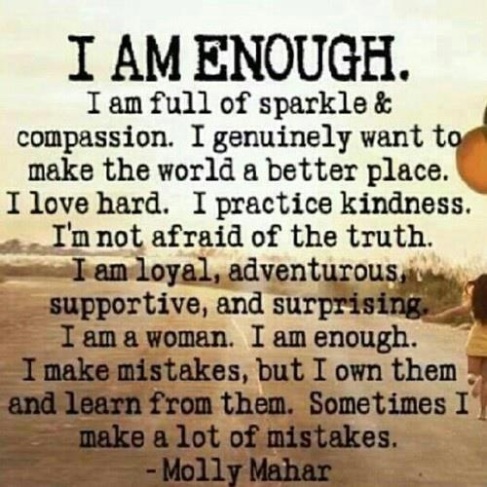Hi!
I hope everyone’s afternoon is going well. Mine is! I spent the afternoon baking cookies and a batch of brownies. Lots of fun, especially for a baker girl like me 🙂
The brownies are absolutely AMAZING and I will share the recipe below. First, though, I’m going to take this opportunity to say just how much I love Bon Appetit Magazine (where the original recipe for these brownies came from).
BA is awesome. I love the whole concept of it as a food magazine, and then the execution of it is perfect. The layout, the recipes, everything. Their writers and editors do such a fantastic job. I love The Foodist (Andrew Knowlton) and The Providers (Jenny Rosenstrach and Andy Ward). I adore all of the interviews, the two per issue; the inside feature and Back of the Napkin. Especially the Connie Britton one since I’m in a bit of a Friday Night Lights craze.
And yes, I do dream of one day sitting in Adam Rapoport’s chair as editor-in-chief, but who doesn’t? He does a great job of melding all of the ideas of his writers into something fairly cohesive. And he writes kick-butt Editor’s Letters for the beginning of each issue. I was basically editor of the school newspaper this past year, but did I get an Editor’s Letter? No. I got a two- or three-paragraph introduction. So I definitely have something to aspire to.
I eagerly await the arrival of our home copy of Bon Appetit in the mail each month, and I have to fight my dad when it first arrives for a chance to get a look at the thing. I sure hope that won’t be stopped anytime soon, and that BA will continue to win my heart.
Now for those brownies…
This recipe is a slight adaptation on the Cocoa Brownies in the December 2012 issue. I was out of white granulated sugar and all-purpose flour, but you can substitute those back in from what I’ve put here without a doubt.
White Chocolate and Peanut Butter Chip Brownies-
1/2 cup (1 stick) unsalted butter
1 1/4 cups sugar (since I had none, I used 1 cup turbinado and between a quarter and a half cup of powdered)
3/4 cup unsweetened cocoa powder
Pinch of salt (kosher or iodized; I typically use iodized)
1 teaspoon vanilla extract (just eyeball it)
2 eggs
1/3 cup flour (typically all-purpose is best, but I used maybe 2 tablespoons all-purpose and the rest whole wheat and you can’t tell)
About 1/2 or 3/4 cup white chocolate chips
About 1/2 or 3/4 cup peanut butter chips (I found these at Whole Foods)
Additional turbinado sugar, and several teaspoons of coarse-grained sea salt

Instructions-
1. Preheat over to 325 degrees Farenheit. Line the baking pan with foil and coat lightly with nonstick spray.
2. Melt the butter in a saucepan. It goes faster if cut into pieces, but it doesn’t matter.
3. Combine the sugar, cocoa powder, and salt in a bowl.
4. Pour butter into sugar-cocoa mixture and stir with a silicon spatula. It’ll be very thick and somewhat grainy.
5. Add vanilla and one egg, then stir quite a lot to incorporate. Add the second egg and repeat.
6. Mix in the flour with a couple swift stirs. Try not to over mix, especially because you have to mix again to add the chips.
7. Add the chips and stir. Scrape the mixture into the prepared pan, and top with the extra sugar and sea salt. Put into the oven. Bake until a toothpick around the edge comes out clean, and one in the middle has one or two moist crumbs attached. This helps the texture be really fudgy. Once out of the oven, let them cool in the pan for 20 minutes or so, and then flip them from the foil onto a cutting board and cut into squares.
These brownies turned out incredible. The sea salt and sugar on top add a little crunch and the sea salt is the perfect offset to the sweetness. You can taste the pieces of white chocolate and peanut butter without it being cloying. I made these once before with chopped Reece’s peanut butter cups and without the sugar/salt topping too. And they are just as good plain without any chips mixed in or sugar/salt topping (which was my new invention today!). These for me are the perfect intensely chocolaty (without any melted chocolate!) brownies.
Enjoy!
-Nicole



